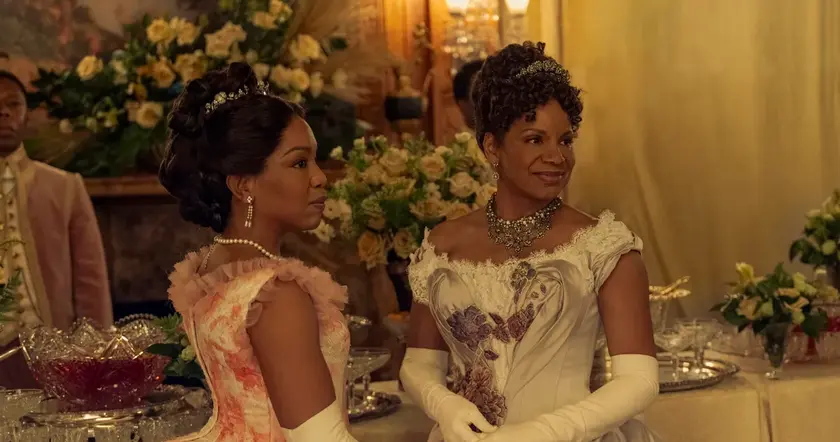T4K3.news
The Gilded Age finale analysis
Producers explain George's exit and the season's take on power, gender and memory in a nuanced interview.
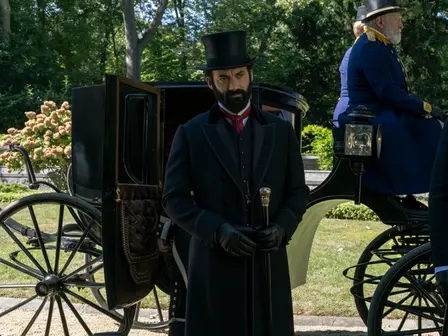
An editorial look at why George walks out after Gladys marries and what the creators say about power and gender in The Gilded Age finale.
George Leaves Bertha After Gladys Wedding
The finale of The Gilded Age shows Gladys marrying a duke while her father, George, exits the celebration, unsettled by a marriage he views as not of her choosing. In a Deadline interview, series creator Julian Fellowes and executive producer Sonja Warfield discuss the moment, arguing it exposes the era’s harsh social codes and the power dynamics that shaped women’s lives. They point to the larger arc of the season, where Bertha’s pragmatism helps secure influence for Gladys and other women, even as it complicates family loyalties. The conversation also touches on Alva Vanderbilt’s legacy and how real historical figures navigated publicity, marriage, and philanthropy.
The discussion expands beyond this scene to address Peggy’s storyline and colorism, noting how color lines and expectations around divorce informed social life in 1880s Newport. The producers defend the show’s willingness to portray difficult choices and moral ambiguity, insisting that viewers should judge characters within their own time. The interview frames these choices as part of a broader attempt to illuminate a period that is often simplified in popular memory, while avoiding modern moralizing about the past.
Key Takeaways
"Bertha empowered her daughter through this marriage because in 1884, that is how women had power."
Warfield on Bertha’s strategy to secure influence for Gladys
"She wasn’t a fool at all."
Fellowes on Consuelo Vanderbilt and her mother’s influence
"The idea of having light skin privilege is very much real in this country and beyond."
Warfield on Peggy’s storyline and colorism
"We are an odd generation for judging earlier generations by our own standards."
Fellowes on judging the past
The show uses private family drama to illuminate the era’s public power structures. George’s conflict reflects a broader tension between wealth, lineage and personal autonomy, a tension the writers say is essential to understanding how a robber baron era could produce both art and cruelty. The creators argue that Bertha’s actions, though ruthless, were aimed at creating real influence for her daughter and other women who could leverage social capital in a male-dominated world. This framing invites viewers to rethink pensioned judgments about the past without excusing harmful behavior.
At the same time, the producers acknowledge the risk of echoing past injustices in today’s context. By highlighting divorce, colorism and same-sex desire as realities of the era, they push audiences to consider how far society has come and what remains unfinished. The result is a conversation about memory, legacy and the difficult path toward genuine progress in a world where power is often secured through alliances, appearances and careful storytelling.
Highlights
- Power buys protection but rarely peace
- Memory wears a crown it cannot earn
- Colorism is real in every corner of a society
- History remembers makers not the moved
Historical sensitivity risk in finale interview
The interview covers topics such as forced marriage, divorce, colorism, and LGBTQ history in the late 19th century. Presenting these issues requires care to avoid endorsing outdated norms or provoking backlash among modern audiences.
History invites scrutiny, not armchair verdicts.
Enjoyed this? Let your friends know!
Related News
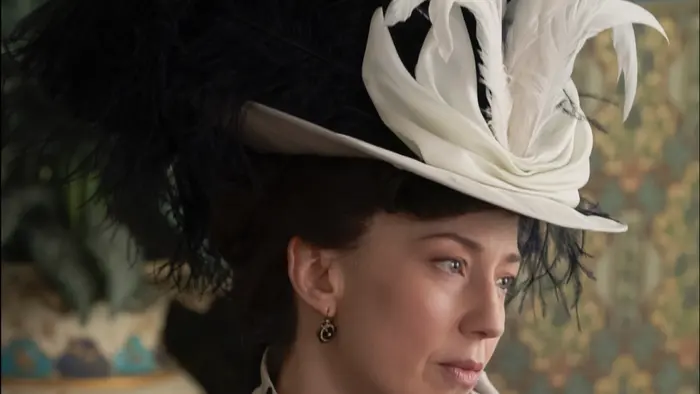
Bertha Russell reshapes high society at Newport
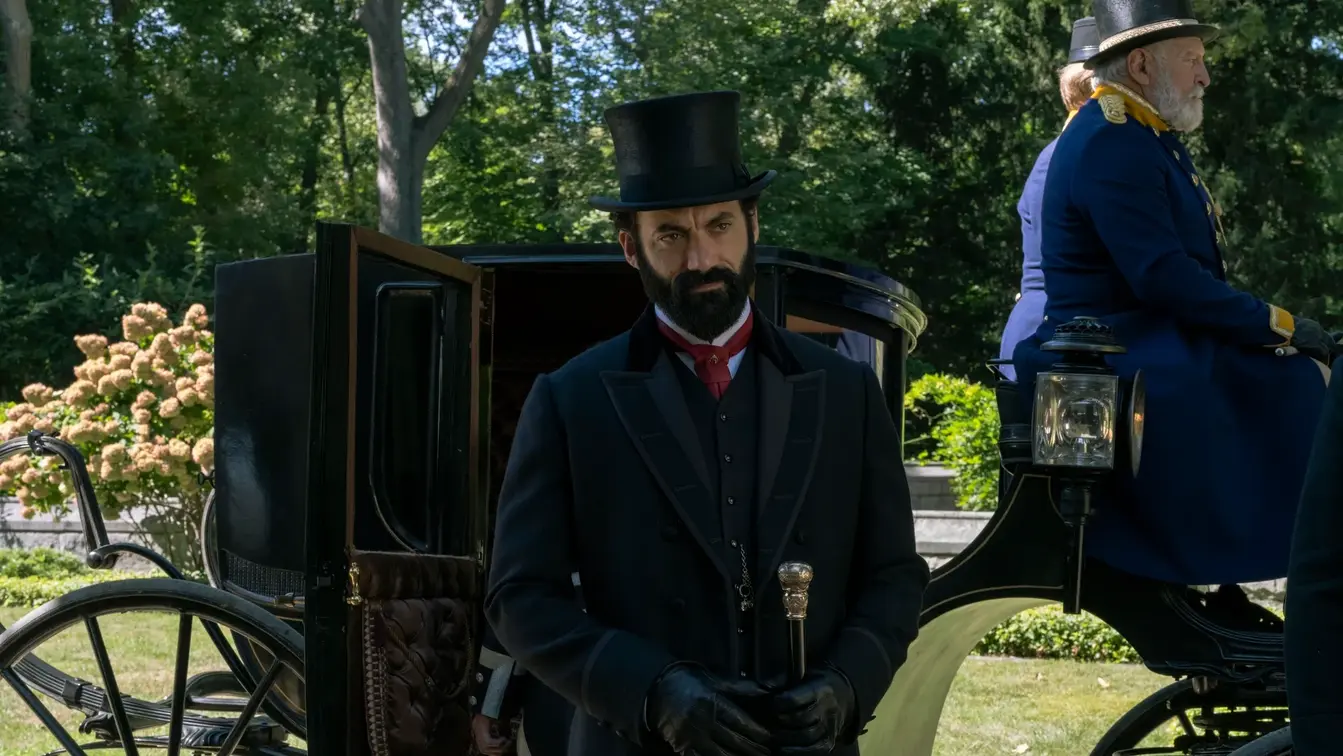
Gilded Age finale reshapes Season 4 ambitions

Upcoming finale of The Gilded Age promises more shocks
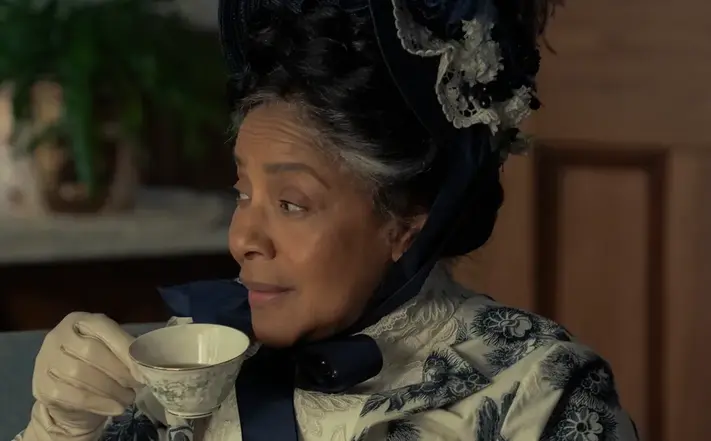
Gilded Age finds its stride
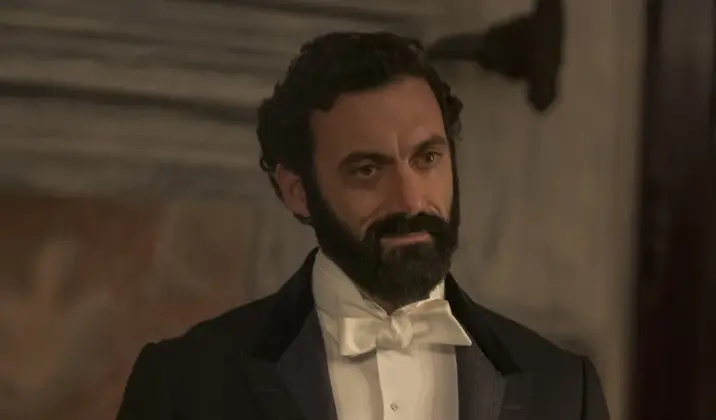
Gilded Age finale sets up Season 4
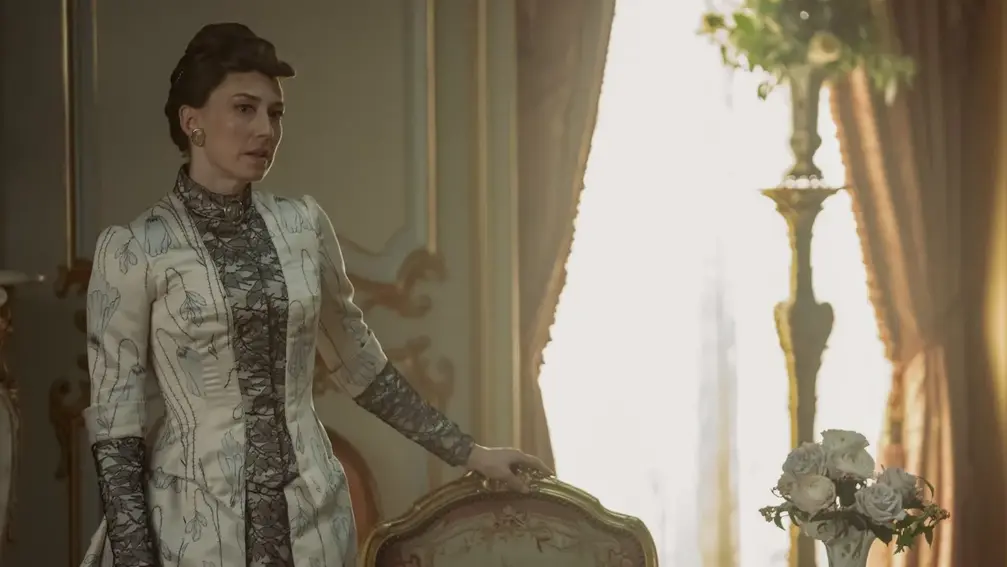
Bertha faces a new test of power
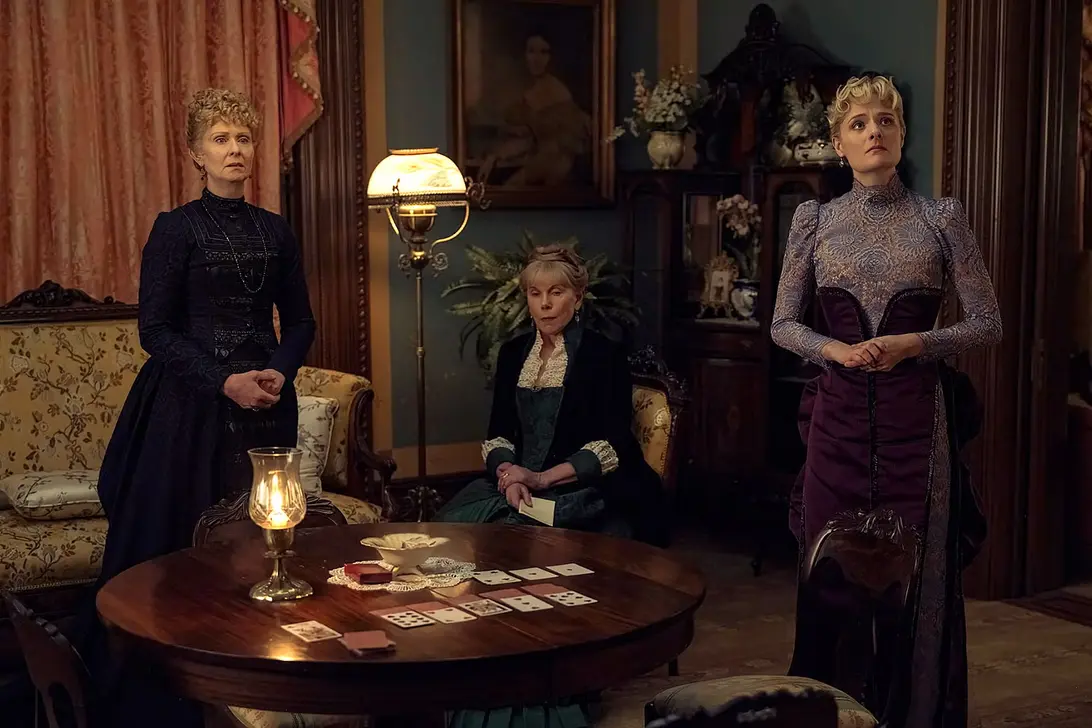
Episode 7 of The Gilded Age receives acclaim for emotional depth
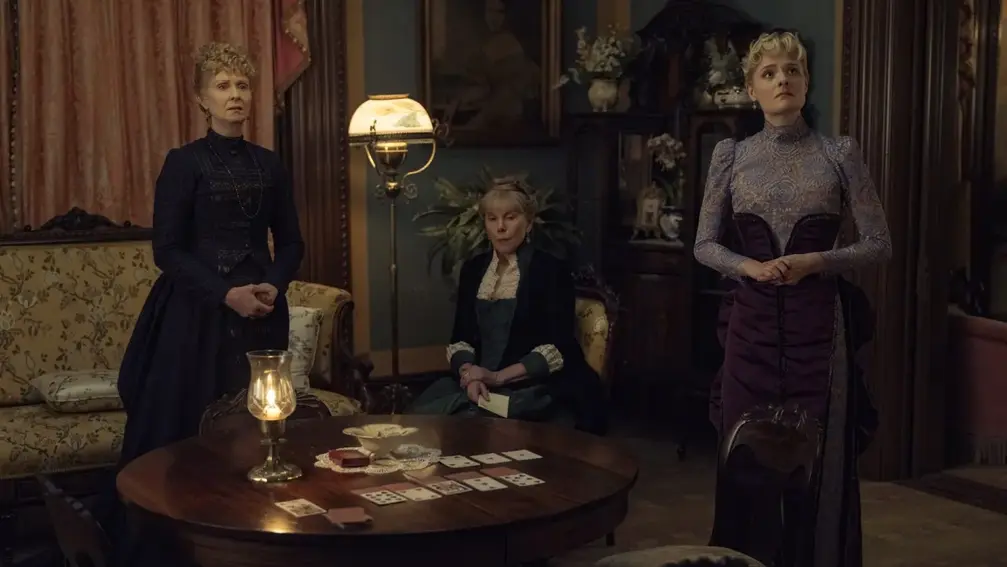
The Gilded Age concludes with dramatic twists
